How the military bounced back from the recruiting crisis
- By Hope Seck
Share This Article
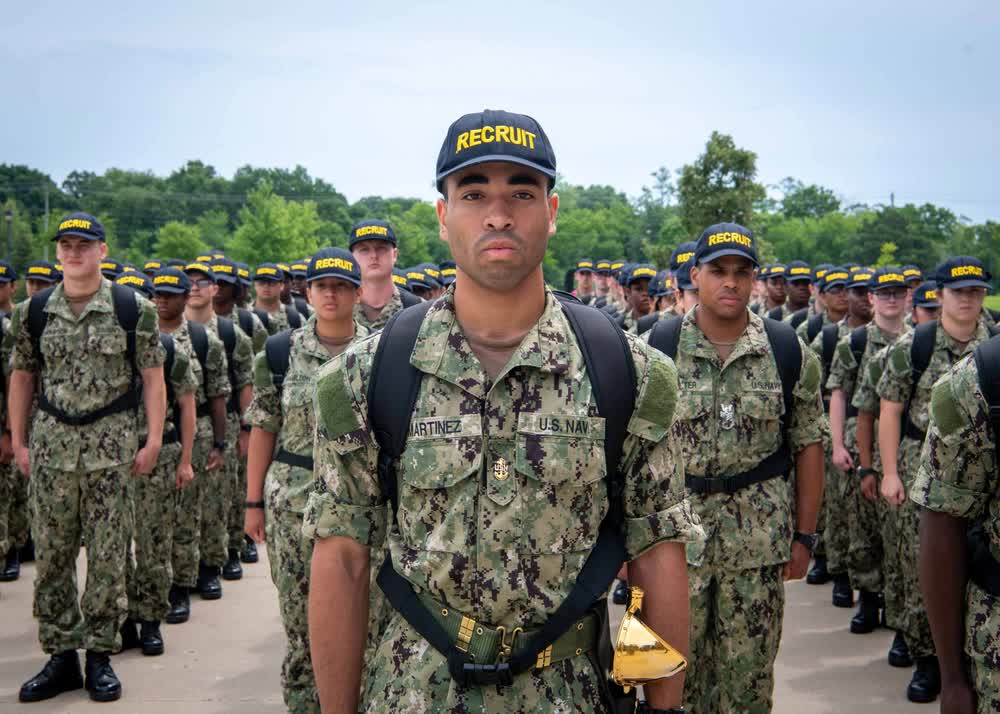
In the wake of a year that saw every Defense Department service but the Marine Corps and Space Force miss their active-duty recruiting goals, fiscal 2024 seemed to threaten yet more failure. With just months to go until the end of the recruiting year on September 30, the Navy was predicting it wouldn’t meet its internal accession targets.
Yet remarkably, all services made the deadline, thanks to a variety of policy adjustments and strategy revamps that allowed more young Americans to consider service. Looking ahead to 2025, the question remains whether these ambitious new strategies will continue to pay off – or if the services have risked long-term effectiveness to meet near-term goals. Here’s how they all did.
Army
Going into 2024, the Army was the only service to have missed its recruiting goal for two consecutive years. This troubling shortfall kicked its recruiting efforts into high gear and prompted a massive overhaul of the structure and methods of recruitment that included the creation of new recruiting-focused career fields and an emphasis on college education as a key incentive for military service.
In September, Army officials announced the service had surpassed its recruiting goal of 55,000 new Soldiers. On the heels of that victory, leaders quickly announced a larger and more ambitious goal for 2025: 61,000 new recruits.
One relatively new tool in the service’s arsenal is the Future Soldier Prep Course, introduced as a pilot in 2022 to help prospective recruits who fall short of academic and physical fitness benchmarks to train up to the standard over a 90-day intensive course. Now a full-fledged Army program, the course has trained 28,000 would-be recruits with a 90 percent graduation rate, according to officials.
Speaking at the Association of the United States Army’s annual conference in October, Army Secretary Christine Wormuth called the new goal “Ambitious, but… achievable.”
Air Force
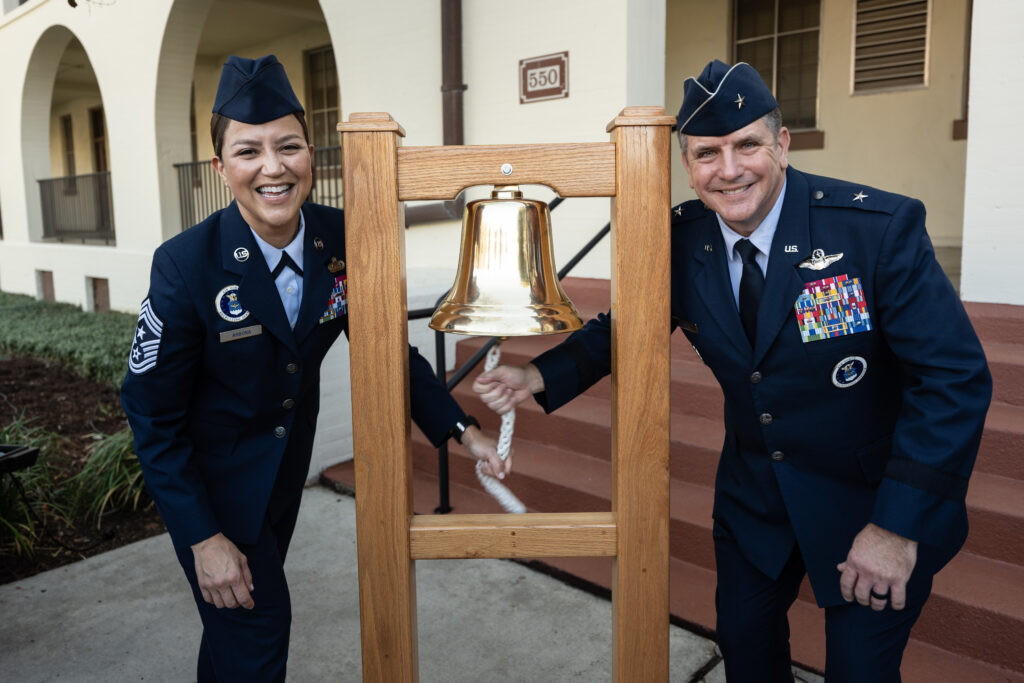
The Air Force also bounced back from a 2023 recruiting miss, barely clearing its 2024 recruiting target of 27,100 new accessions. Like the Army, the Air Force immediately announced a more ambitious goal for this year: 32,500 new recruits, representing a 20 percent year-over-year increase.
While the service pulled several levers to bring in the recruits it needed, one of the most successful was a policy update that allowed Airmen to have a greater percentage of body fat – up to 36 percent for women and 26 for men. Air Force leaders maintain they’re holding the same high standard by requiring their recruits to pass an unchanged physical fitness test, even if they do so with more body mass.
Other recruiting helps for the Air Force included the reinstatement of the enlisted college loan repayment plan and fast-tracked naturalization for non-citizens who join. To meet its ramped-up 2025 goal, officials say the Air Force plans to bring in 370 more recruiters and make its recruitment process more efficient and communicative by bringing all enlisted and officer accessions under a single command.
Related: SiAW: Air Force receives a wildly capable new air-to-ground missile for testing
Navy
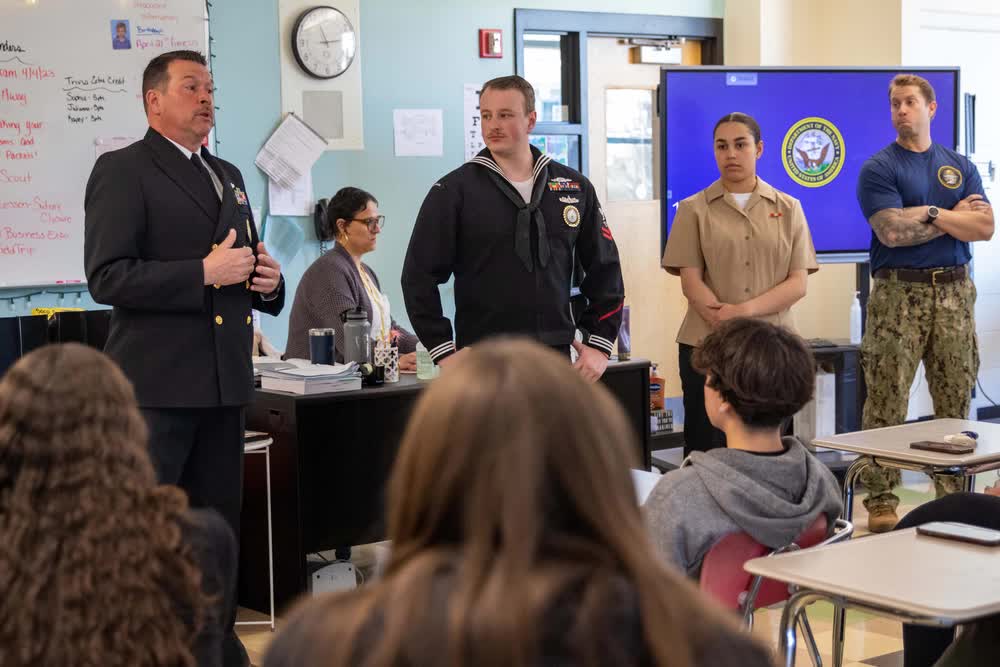
Despite grim predictions late in the year, the Navy exceeded its 2024 recruiting targets, bringing in 40,978 recruits, nearly 400 more than its target of 40,600. The components of what one admiral called a “catastrophic success” included one extremely unconventional step: accepting enlistees who scored as low as the bottom 10 percent on the Armed Forces Qualification Test, which assesses career aptitude and fitness for service. That’s equivalent to a score of 10 out of 100.
These low-scoring recruits enter the Navy’s Future Sailor Prep Course, which assists them in boosting their academic and physical qualifications. Low-scoring Sailors are limited to serving in a specific range of job fields, but leaders say the opportunities the Navy provides them help to “complete society’s work” by providing them with the training and experience they need to be successful and realize meaningful career goals.
Other changes that brought in several hundred new recruits included getting rid of the high school diploma requirement for enlistees and raising the enlistment age to 41. The Navy is holding steady with its recruiting goal for 2025, targeting another 40,600 accessions. Leaders say they’re closely monitoring the progress and success of their lower-scoring recruits as they move through job training and into Navy careers.
Related: The Marine Corps is not struggling with recruiting and this may be thanks to its unique nature
Marine Corps
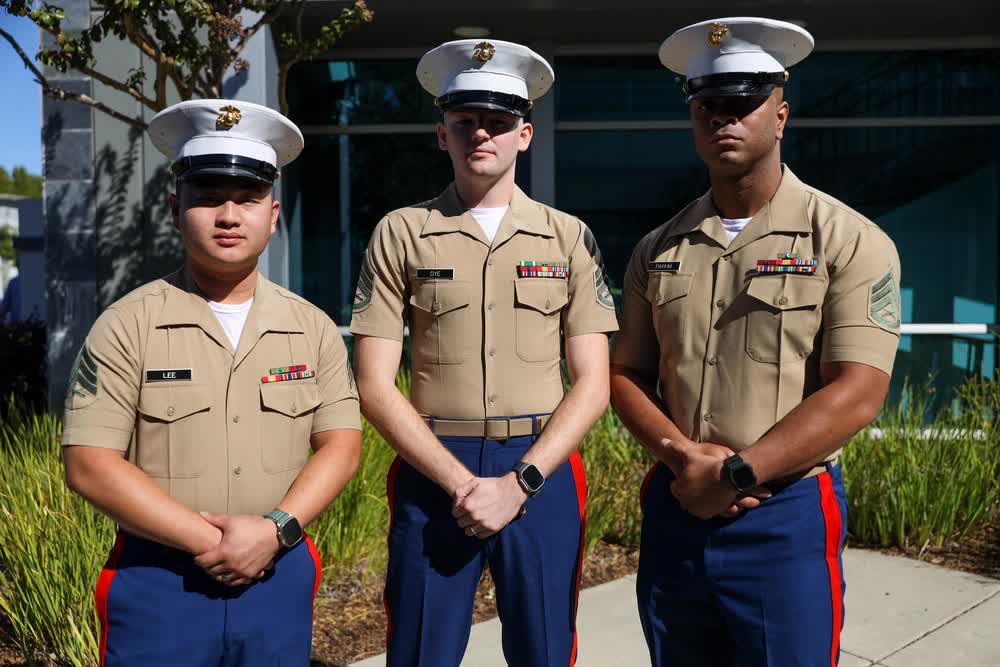
The Marine Corps, the only military service, apart from the new and tiny Space Force, not to miss a recruiting goal in recent years, once again made its target, this time barely squeaking its way to 30,500 new Marines. While the other services have undertaken ambitious restructuring efforts and made bold changes to longtime minimum requirements for service, the Marine Corps says its proposition to recruits to meet its standard of excellence is unchanged. Recruiting officials have also said the Corps’ emphasis on in-person recruiting in high schools and development of personal relationships is a mainstay of its recruiting success.
For 2025, the recruiting goal has been modestly increased to 32,835.
“We know [Fiscal 2025] will be a similar fight,” Col. Michael Hays, assistant chief of staff for operations at Marine Corps Recruiting Command, told Marine Corps Times. “But our Marines are focused and determined to do what Marines always do – accomplish the mission.”
Feature Image: Recruits stand in formation at U.S. Navy Recruit Training Command. More than 40,000 recruits train annually at the Navy’s only boot camp. (U.S. Navy photo by Mass Communication Specialist 2nd Class Stuart Posada)
Read more from Sandboxx News
- These were 5 outrageous uses of nuclear power during the Cold War
- What damage can Ukraine inflict on Russia using its long-range Western weapons?
- Video: How good is China’s new stealth fighter?
- Where do NATO reporting names come from?
- Video: The Air Force is considering the B-21 for air-to-air combat
Related Posts
Sandboxx News Merch
-

‘AirPower’ Classic Hoodie
$46.00 – $48.00 Select options This product has multiple variants. The options may be chosen on the product page -

‘Sandboxx News’ Trucker Cap
$27.00 Select options This product has multiple variants. The options may be chosen on the product page -

‘Kinetic Diplomacy’ Bumper Sticker (Black)
$8.00 Add to cart
Hope Seck
Hope Hodge Seck is an award-winning investigative and enterprise reporter who has been covering military issues since 2009. She is the former managing editor for Military.com.
Related to: Military Affairs
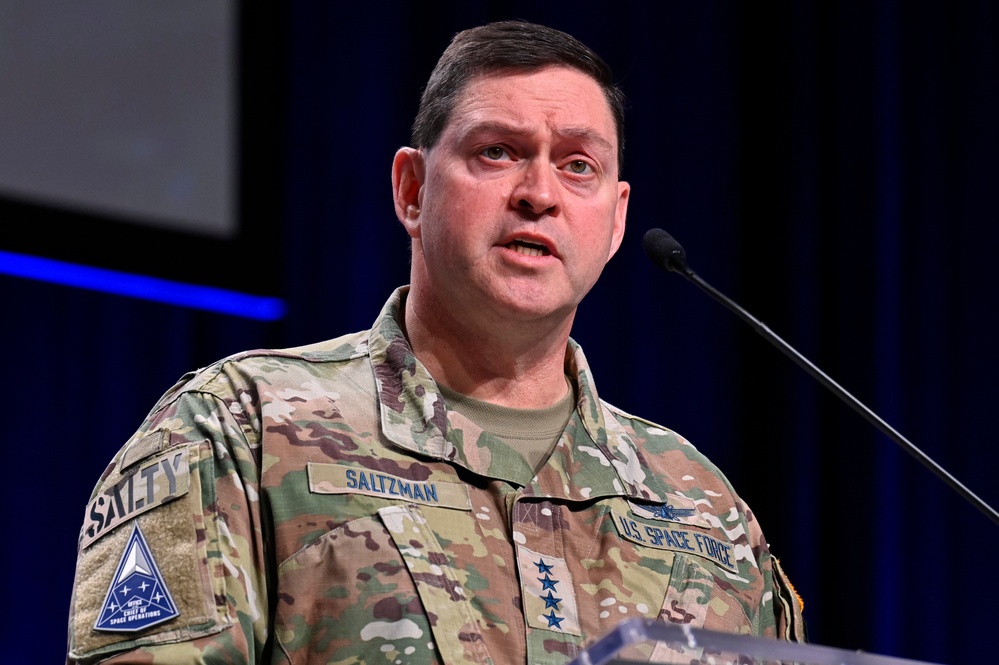
Dogfighting in space? Not too far-fetched, Space Force chief says

New master’s degree will train Top Gun pilots on foreign adversaries and space warfare
Sandboxx News
-

‘Sandboxx News’ Trucker Cap
$27.00 Select options This product has multiple variants. The options may be chosen on the product page -

‘AirPower’ Classic Hoodie
$46.00 – $48.00 Select options This product has multiple variants. The options may be chosen on the product page -

‘AirPower’ Golf Rope Hat
$31.00 Select options This product has multiple variants. The options may be chosen on the product page -

‘Sandboxx News’ Dad Hat
$27.00 Select options This product has multiple variants. The options may be chosen on the product page
